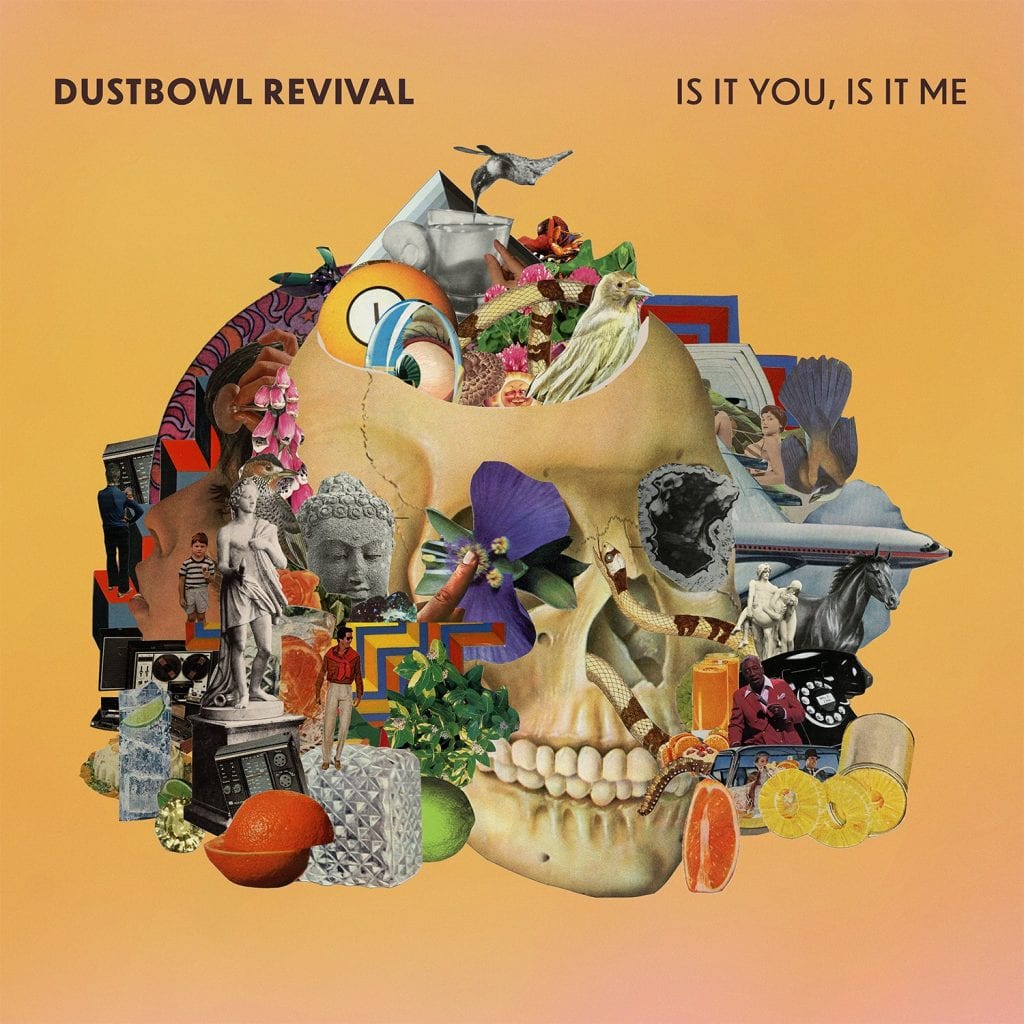Dustbowl Revival’s Eclectic Blend Adds Up to Broad Appeal

“Eclectic” is one of those album adjectives that can be challenging to process, especially for those of us on the more neurotic end of the spectrum. Does it mean the album’s songs all sound different? But how different? Is it more mix tape than album? But for certain bands — Dustbowl Revival, for instance — it simply means a variety of tonal palettes and different songwriting styles, all of it somehow feeling united. Is It You, Is It Me covers an impressive amount of stylistic ground across 13 songs, but the band’s essence always remains intact.
There are a number of ways to inject an album with variety, and Dustbowl Revival uses many of them. There’s working with different genres, which the band does, covering everything from pop-funk to Americana. There’s using different singers. And there’s using different instrumentation. Here, they use their own horn section to dramatically alter the trajectory of tracks. So there are plenty of tools giving each song its own character.
And when I say character, I don’t mean the character on the conference call who always has a hot take on the weather, but more the character who works the corner deli’s late-night register with his shirt off, gradually adding the faces of regular customers to his cluster of stomach tattoos.
So a song like “Enemy,” with its rumble of horns, swings beneath Liz Beebe’s vocals and a pushy piano riff, but the groove is funky and similar to Maroon 5’s “This Love.” Where Maroon 5’s song is almost pure polish, the horns give Dustbowl Revival’s track a down-home weight. But you also can’t help but be struck by the radio-friendliness of the track, as well as how natural the band makes it sound.
While the horns play an important part in the album, Is It You has its intimate moments. “I Wake Up,” sung by Z. Lupetin, is a gentle, ’50s-inspired track that’s little more than Lupetin, some electric piano, and a simple beat. “Get Rid of You” flirts with country, mostly thanks to Connor Vance’s whimpering violin lines, but the track gradually builds until the horns ride in the like the cavalry, coming to the rescue. It brings to mind The Band and their ability to slowly assemble epic tracks using disparate instruments and lots of patience.
The various inspirations come fast and furiously. “Runaway” features a lilting chorus with a melody that evokes klezmer. “Just One Song” is based on a rhythmic strum that, at times, feels Hawaiian. Beebe and Lupetin tie everything together, each with a distinctive sound (Beebe projecting intensity and Lupetin using a folky airiness). The songs are also held together by simple underlying concepts but sophisticated execution, making for an accessibly, thoughtfully constructed eclectic album.


